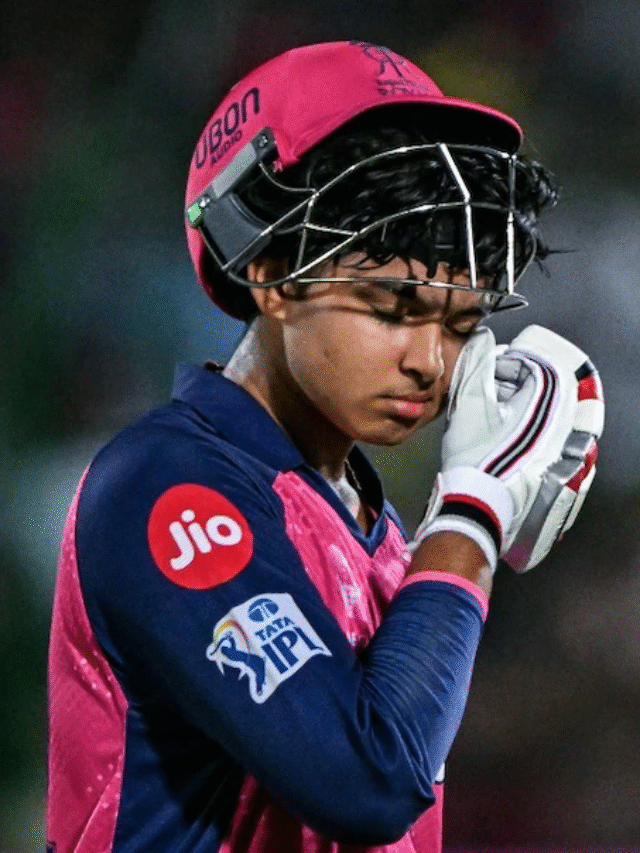This latest cut, combined with a 100 basis point reduction in the Cash Reserve Ratio (CRR), is expected to increase systemic liquidity, prompting banks to gradually reduce deposit rates across tenures.
Deposit rates headed south
Banks typically respond to rate cuts by revising deposit rates downward, especially when liquidity conditions improve. Since the beginning of the year, many banks have already lowered FD rates following two previous repo cuts.
With this deeper cut, the momentum is likely to continue, particularly for short- and medium-term deposits.
Currently, most large banks offer FD rates ranging between 6.5% and 7.5%, with senior citizens getting slightly higher rates.
However, these may not last long as banks adjust to the new monetary policy environment.
Vishal Goenka, Co-Founder of IndiaBonds.com, observed, “Fixed deposit rates will come down sharply as banks transmit this rate cut… Investors should look at 2–3 year corporate bonds for better yields.”
ALSO READ | RBI’s rate cut bonanza: How soon will your home loan EMIs drop
Impact on interest income and way out
The development affects individuals dependent on fixed income, such as retirees and conservative savers. With inflation projected at 3.7% and nominal FD rates potentially falling below 7%, the real return on deposits could shrink.
Pramod Kathuria, CEO of Easiloan, said, “Deposit holders—particularly retirees—may have to reassess their portfolio to maintain income levels. Investments that offer returns above inflation while protecting capital should be considered.”
Savers looking to preserve existing rates may consider locking in FDs now, especially for tenures of 2–5 years.
Some banks still offer attractive rates for senior citizens, which may not last long.
Others may choose to diversify into short-duration bonds or other fixed-income instruments that provide better spreads over traditional deposits.
Adhil Shetty, CEO of BankBazaar.com, noted, “If you’ve been waiting to lock in current FD rates, now may be the time.”
Policy outlook
The RBI has shifted its stance from ‘accommodative’ to ‘neutral’, suggesting that future decisions will be more data-driven. While today’s announcement is likely to lead to softer lending and deposit rates, further moves will depend on inflation and economic activity.
Catch LIVE updates on RBI policy here






